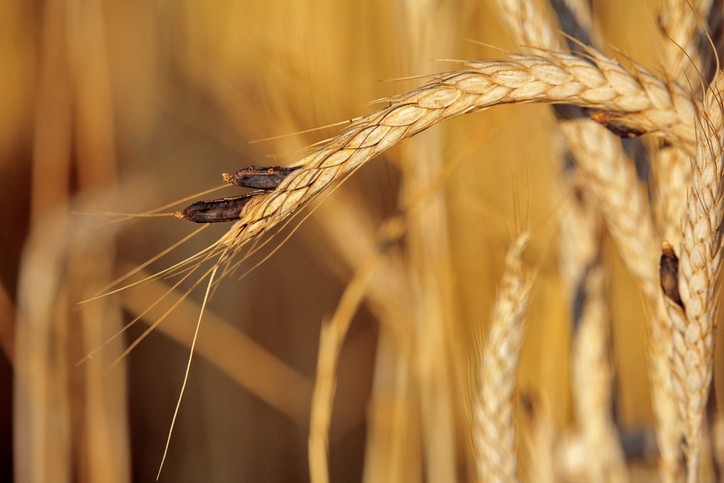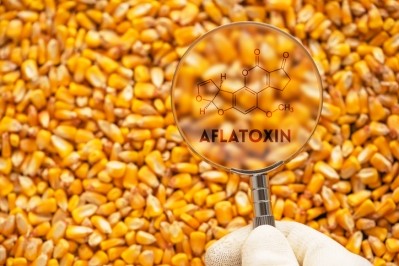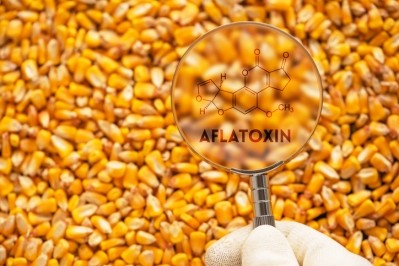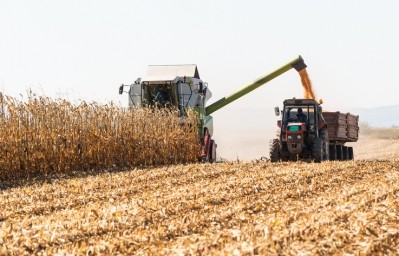Ergot presence in feed crops a concern in the US

Ergot is the product of a fungus and presents in cereal grains that can be used in feed including wheat, barley, oats and corn, and producers are seeing more of it this year, said Gerald Stokka, veterinarian and livestock stewardship specialist with North Dakota State University Extension.
“It was wet and cooler, and those environmental conditions are more likely to produce fungal growth [including], at least in this case, claviceps purpurea, which promotes the growth of the ergot alkaloid,” he told us.
The disease can take hold in small grain crops as well as in pasture and roadside plots sometimes used as a feed source, added Andrew Friskop, plant pathologist with North Dakota State University Extension.
“Ergot is a fungal disease that infects during head emergence of grass crops once it takes infection it more or less replaces the kernel. Think of it as competing with pollen in the pollination process, where if the pollen beats the pathogen spores you get a kernel, you get a seed but if the pathogen beats the kernel, that’s when you start seeing these ergot bodies. They contain a strong alkaloid – ergo-peptide alkaloid – they have very toxic side effects on cattle [and] on livestock.”
Grain and livestock producers in North Dakota as well as in South Dakota, Nebraska and, potentially, Kansas should watch for the signature black kernels the disease generates. “Intake of ergot bodies should be less than 1% of the total diet,” said Stokka.
Challenges for cattle
If present in feed, the contaminant can constrict or damage blood vessels and lead to issues similar to those found with fescue toxicity in cattle, said Stokka.
One indication ergot is present in feed is that cattle spend time standing in water to cool down because they are having a harder time dissipating heat, he said. “What we notice here is that the switch of the tail or the tips of ears fall off because of constricted vessels,” he added.
“The ruminant animal has sort of a protection against some of the other mycotoxin issues,” he said. “But ergot is a different issue.”
However, by the time animals display symptoms, it is too late to treat them, he added.
Spotting damaged feeds
Friskop said the wheat harvest in the US has been a long and drawn-out process with a lot of wheat is still sitting in the field, and producers are interested in letting cattle graze the abandoned wheat acres.
“The concern that I have is that you could be potentially having another ergot source [due to that scenario] because those ergot bodies tend to stay pretty well on the head for a while,” he said. “I’ve been encouraging my producers to be out there scouting if they’re going to release cattle out onto their abandoned wheat fields to be looking out for ergot because a little bit goes a long way as far as toxicity.”
Producers need to have grain tested and, if possible, to crop standing fields so that the grain can be checked more completely for the presence of ergot or other disease-based toxins, Friskop said. “If they can harvest it, you have more control as to what’s in your potential food source – it’s always easier once you get the grain out of the field,” he added.












